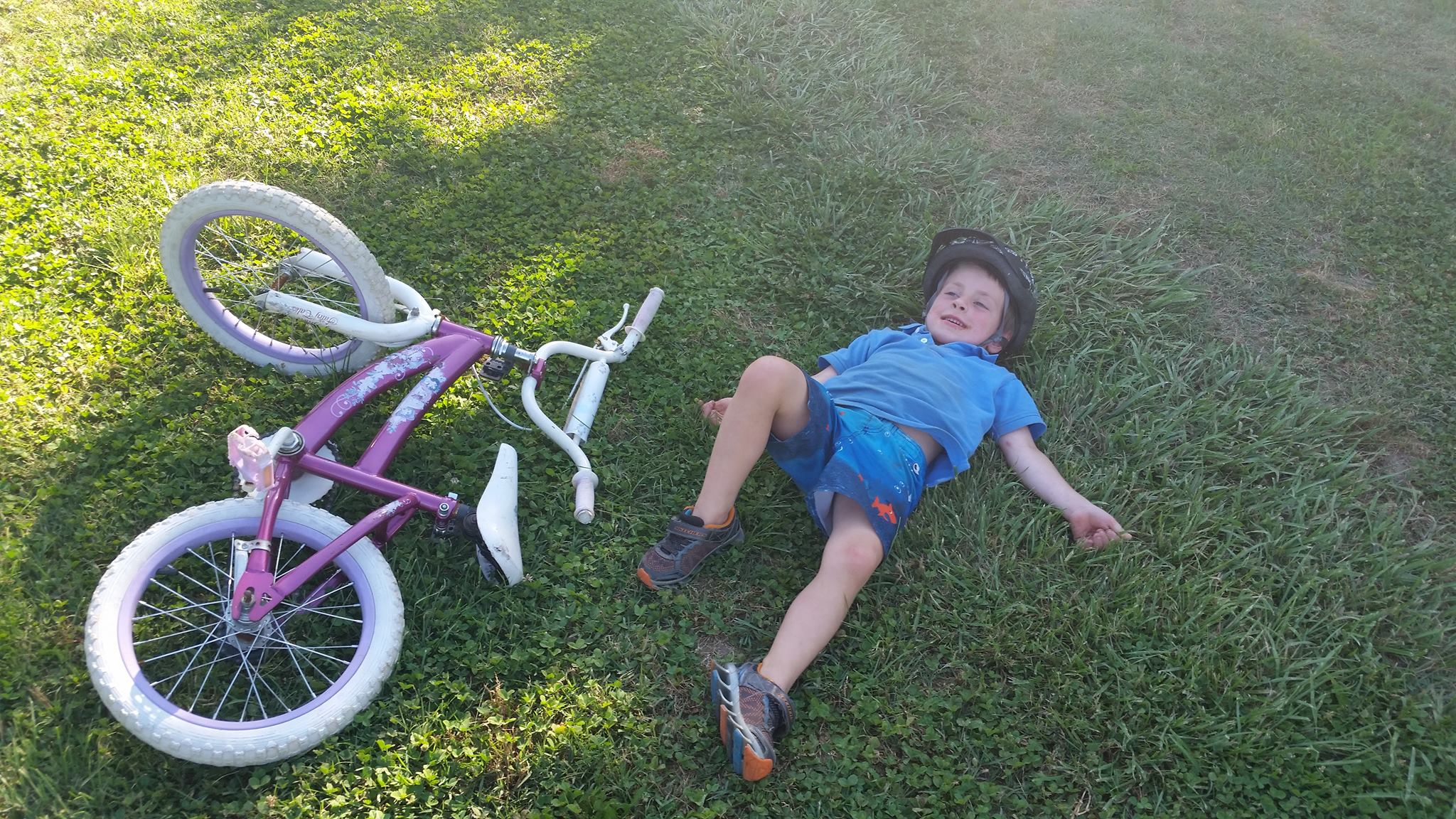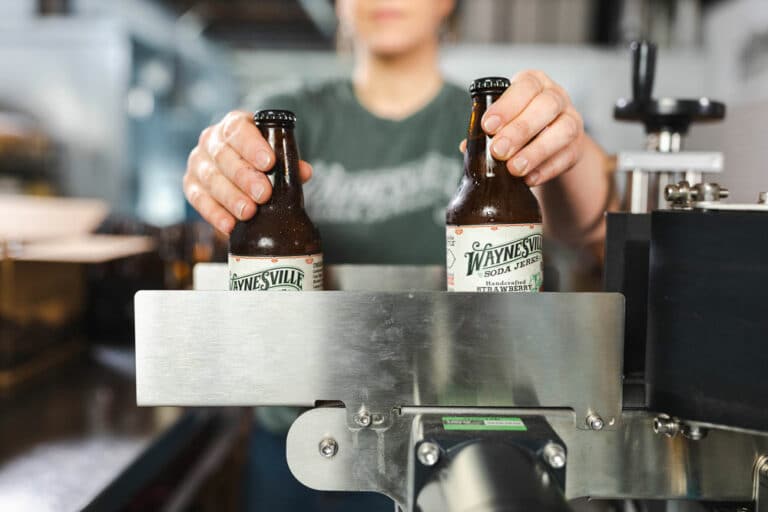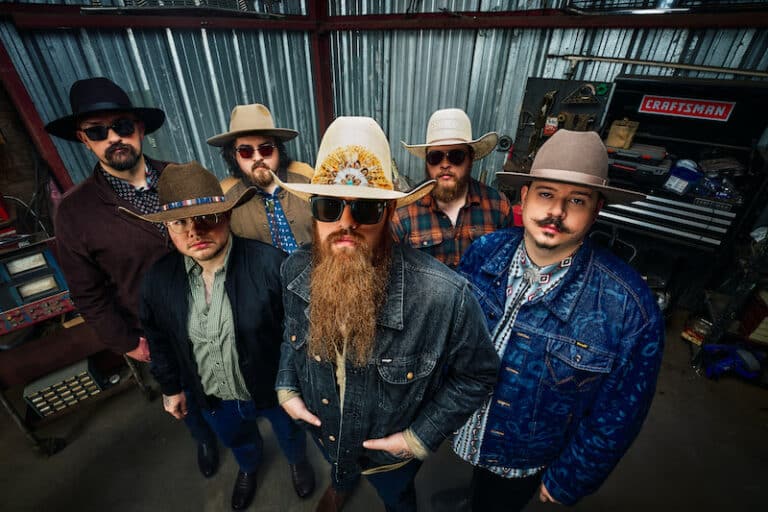“A purple bike, huh?” a woman says to my four-year-old son who is showing off his brand-new-to-him bike decorated with Disney princesses, the one I paid fifteen dollars for at a local outdoor festival.
“Rock the purple, you can pull off princesses,” she says.
I change the conversation, hating the implication that riding a purple or pink bike is somehow a dig to his masculinity. Her comment rubs me the wrong way – he doesn’t need to ride harder, to prove himself to anyone to overcome a silly gender myth about color.
Pink, and her cousin, purple, weren’t always associated with girls.
In the 1700s men and women both wore pink. In l794, the French writer Xavier de Maistre recommended that men decorate their bedrooms in pink to brighten their moods.
In the early 1900s, children clothing catalogues suggested girls wear blue because it’s, “much more delicate and dainty in tone.” The same catalogue recommended pink for boys “because it’s stronger and more passionate color, and because it is actually derived from red.”
In 1925, the Gatsby himself in The Great Gatsby, wears a pink suit. Fifty years later, Robert Redford wears a version of that pink suit in the Boston Show.
Later on in the century when pink became associated with women, the connotation of pink was no longer strong and passionate, but passive and delicate.
I recoil from the idea that female-associated colors are somehow weaker. I don’t care if Tobin thinks pink and purple are girl colors, so long as he considers them emblems of fierceness and strength.
I am raising my son to understand that superheroes don’t always wear capes. Some wear bikinis. He sees strong and capable role models wear pink and purple.
Every day my son asks if we can practice riding his bike. He’s so proud to be riding without training wheels, but hasn’t quite gotten the hang of braking. His preferred method is riding as fast as he can down grassy hills and then crashing.
“I bashed again,” he boasts.
His favorite color is purple and he loves his new bike.
I overhear him tell a new friend he met at the playground about it.
“I got a new bike. It’s the one with women all over it,” he says, his voice full of pride.
Having a purple bike doesn’t compromise his masculinity. At four, he already understands that powerful and strong women don’t diminish his sense of self.
He spent on a month sailing on a boat skippered and crewed by females. More often than not, it’s a female voice he heard, reminding him of what he’s capable of, who whispered “go, get out there and try.” When he’s falls, most of the time a strong and capable women has extended her hand, helping him to his feet.
My wish for him is to always surround himself with powerful people, both male and female. People who stand in their full power allow others the space to step up, encouraging us by their example to run in the direction of our boldest dreams, to become the most badass versions of ourselves.








